Market Growth Projections
The Global Aircraft Leasing Industry is poised for substantial growth, with projections indicating a market size of 395.5 USD Billion by 2035. This anticipated growth reflects the increasing reliance on leased aircraft among airlines as they navigate a dynamic aviation landscape. Factors such as rising air travel demand, cost efficiency, and technological advancements are expected to drive this expansion. The market's trajectory suggests a robust future, with leasing becoming an integral part of airlines' operational strategies as they adapt to changing consumer preferences and economic conditions.
Cost Efficiency of Leasing
Cost efficiency remains a pivotal driver within the Global Aircraft Leasing Industry. Leasing aircraft allows airlines to maintain operational flexibility while minimizing financial risk. By avoiding large capital expenditures, airlines can allocate resources more effectively, investing in other critical areas such as technology and customer service. This financial strategy is particularly appealing in a competitive landscape where operational costs are scrutinized. The ability to lease newer, more fuel-efficient aircraft also contributes to lower operational costs, enhancing profitability and sustainability for airlines, thereby fostering growth in the leasing sector.
Rising Demand for Air Travel
The Global Aircraft Leasing Industry is experiencing a notable surge in demand for air travel, driven by increasing disposable incomes and a growing middle class in emerging economies. As more individuals and businesses seek air travel options, airlines are expanding their fleets to accommodate this demand. This trend is reflected in the projected market size, which is expected to reach 116.4 USD Billion in 2024. The leasing model allows airlines to acquire new aircraft without the substantial capital outlay associated with purchasing, thus enabling them to respond swiftly to market demands.
Regulatory Support and Incentives
Regulatory support and incentives play a crucial role in shaping the Global Aircraft Leasing Industry. Governments worldwide are increasingly recognizing the importance of aviation in driving economic growth and are implementing policies that favor aircraft leasing. These may include tax incentives, streamlined approval processes, and support for environmentally friendly aircraft. Such initiatives not only encourage airlines to lease rather than purchase but also promote the adoption of newer, more efficient aircraft. This supportive regulatory environment is likely to enhance the attractiveness of leasing, further propelling market growth.
Global Expansion of Low-Cost Carriers
The global expansion of low-cost carriers (LCCs) is a significant driver of the Global Aircraft Leasing Industry. LCCs are rapidly increasing their market share by offering affordable air travel options, which necessitates a flexible and efficient fleet management strategy. Leasing allows these carriers to scale their operations quickly without the burden of large capital investments. As LCCs continue to proliferate, the demand for leased aircraft is expected to rise, contributing to the overall market growth. This trend is indicative of a broader shift in consumer preferences towards cost-effective travel solutions.
Technological Advancements in Aircraft
Technological advancements in aircraft design and manufacturing are significantly influencing the Global Aircraft Leasing Industry. Innovations such as improved fuel efficiency, enhanced safety features, and advanced avionics systems are making newer aircraft more attractive to airlines. Leasing companies are increasingly investing in modern fleets to meet the evolving demands of airlines seeking to optimize operational efficiency. As a result, the market is projected to grow at a compound annual growth rate of 11.76% from 2025 to 2035, indicating a robust future for aircraft leasing as airlines prioritize modern, technologically advanced aircraft.
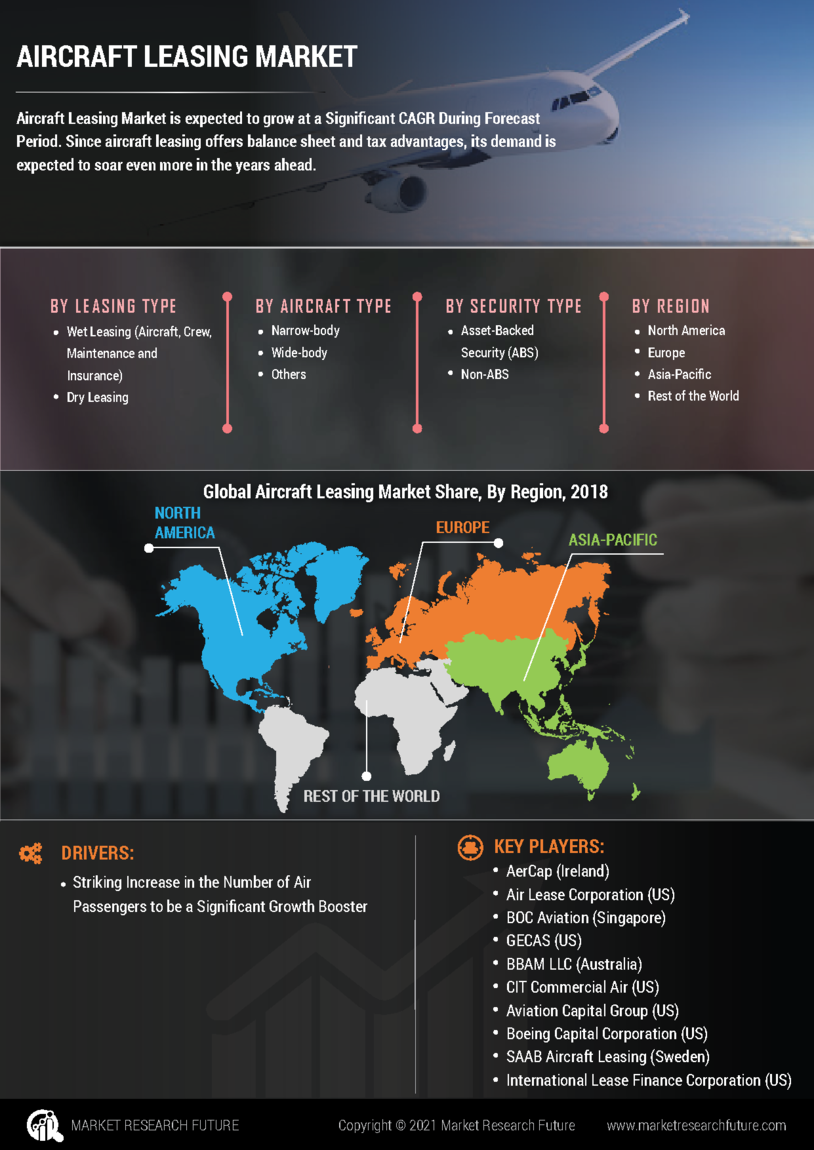

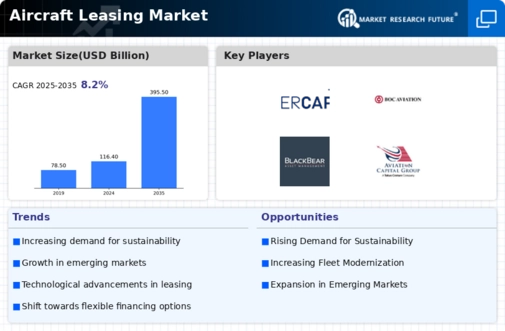
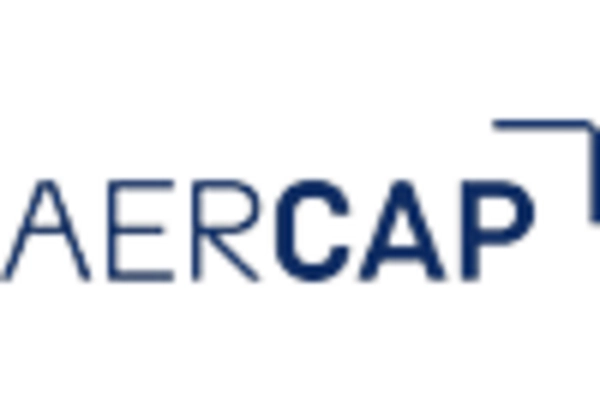


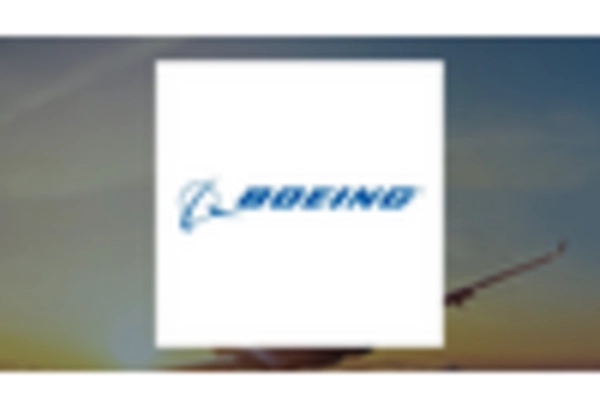
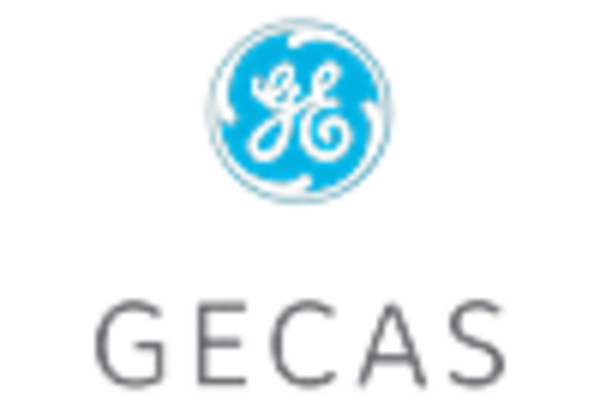
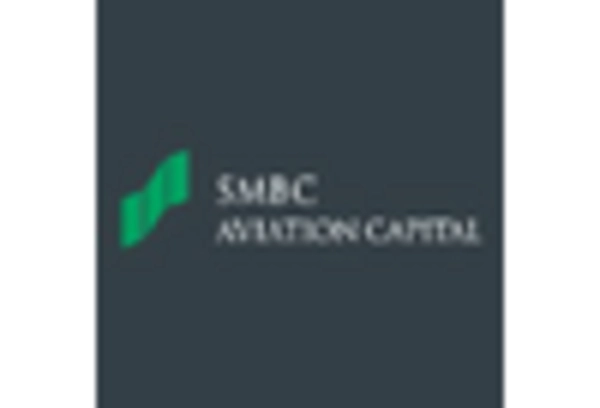








Leave a Comment